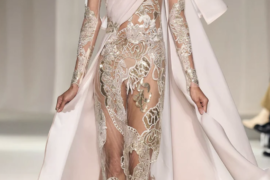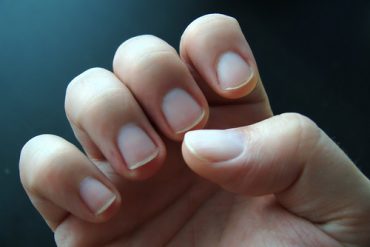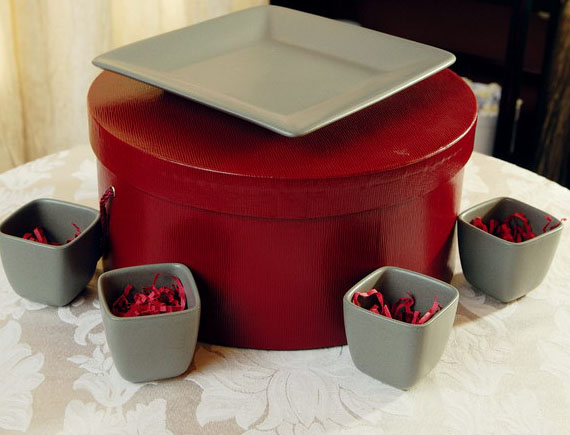
Tea is a Lifestyle.
Tea is a connection to the SOUL.
Tea is a connection to NATURE.
Tea is a connection to PEOPLE.
Tea Time is a great time to bond with family and a way to build meaningful relationships. It has been enjoyed by many cultures for centuries. In this article we will take you on a journey to two countries that perform wedding tea ceremonies.
The Chinese Wedding Tea Ceremony
The wedding tea ceremony is very significant to the Chinese culture. It is celebrated by couples when they get married to show respect to their parents and in most cases, the tea ceremony is held after the wedding ceremony. The order of the tea ceremony starts with the groom’s parents, grandparents, granduncles, and other elders in order of seniority. Some families choose to serve the grandparents first.
Traditionally, the bride serves tea to her parents in a private ceremony earlier in the morning. In today’s world, couples may choose to honor both sets of parents at the ceremony. If so, all of the groom’s family is honored first, then the bride’s. The tea ceremony gives the parents a chance to welcome the bride and groom into their respective families.
To follow tradition, the bride and groom kneel when they serve tea to their parents and most modern families bow when serving tea. After the tea is sipped by each parent a “lucky” red envelope filled with either jewelry or money is placed on the tea tray and given to the couple.
Tips: A bridesmaid will hold the tray and hand the tea to the bride and groom. The couple hands the tea to the elders with both hands, addressing the elders by their formal title.
Dress: The bride and groom can dress in red silk with a red tulle veil for bride, tang suit or hanfu.
Decor: A simple or elegant setting is created to set the tone for the ceremony. A double happiness symbol, Chinese marriage gods, a string of firecrackers are often used. Gold and red colors symbolize love, prosperity and happiness. A table filled with family photos and candles are displayed as well as fruit, a white flower, incense, wine and a tea set. The bride and groom can either light one candle to symbolize the joining of the two families or two candles to symbolize both families.
Tea set: A traditional Chinese style tea set is used. Popular designs include gold trimming, florals, dragons, a phoenix or double happiness characters. The tea set is always purchased by the bride’s family and it will become a keepsake to be used for future weddings.
Tea: Sweet teas are used to symbolize sweetness and happiness in the new marriage as well as good relations with the in-laws. Popular teas used are: green tea, black dragon and an orange blossom tea. Lotus seeds and red dates are added to symbolize fertility in the marriage.
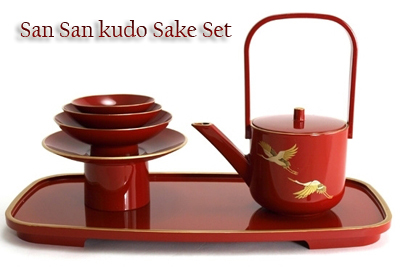
The Japanese Wedding Tea Ceremony
Wedding guests are highly respected in the Japanese culture and is also called the “Way of Tea.” It is usually elaborate, private and small. There are several styles that can be celebrated: Christian, Buddhist, or Shinto, but a Shinto ceremony is the standard.
One of the oldest traditional Japanese wedding customs is “san-san-kudo no sakazuki” (a special cup only used to drink sake), which means three, three, nine times. In this tradition, sake plays a role in bonding the gods with common people and it takes the place of vows. The groom and bride take a total of nine small sips of sake, three sips each from three different size cups (each getting larger) then places each cup down on the table. The sake is then offered to the groom’s father and mother, then to the bride’s father and mother. This process shows respect to the parents and bonds the new family. This is a formal ritualized drinking of sake in a biding ceremony of the bride and groom.
Tips: Three is an invisible number and considered sacred in Buddhism. Nine means triple happiness.
Dress: The bride wears white face makeup, a wig and red lips with a colorful silk kimono or shiromuku, a formal gown that is passed down over time. White is a symbol of elegance, a new beginning and purity. The bride will change into a silk kimono with white, red, gold and silver and a crane, which means a long life. She then changes into a kimono with wide sleeves that would typically be worn by an unmarried woman–this symbolizes the last time she will be dressed in this type of kimono. The groom usually wears a man’s kimono or a tuxedo. The couple takes part in a ritual that consists of lighting a candle at every guest table to symbolically share their warmth and light. The music at the reception can vary. Traditionally, stringed instruments called Samisen and Japanese drums will provide the music for the reception.
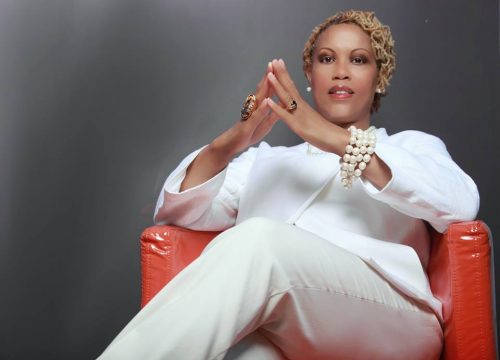
About the Author: Sharon “Lady Tea” Levy, CEO & founder of Taking Tea InStyle.

